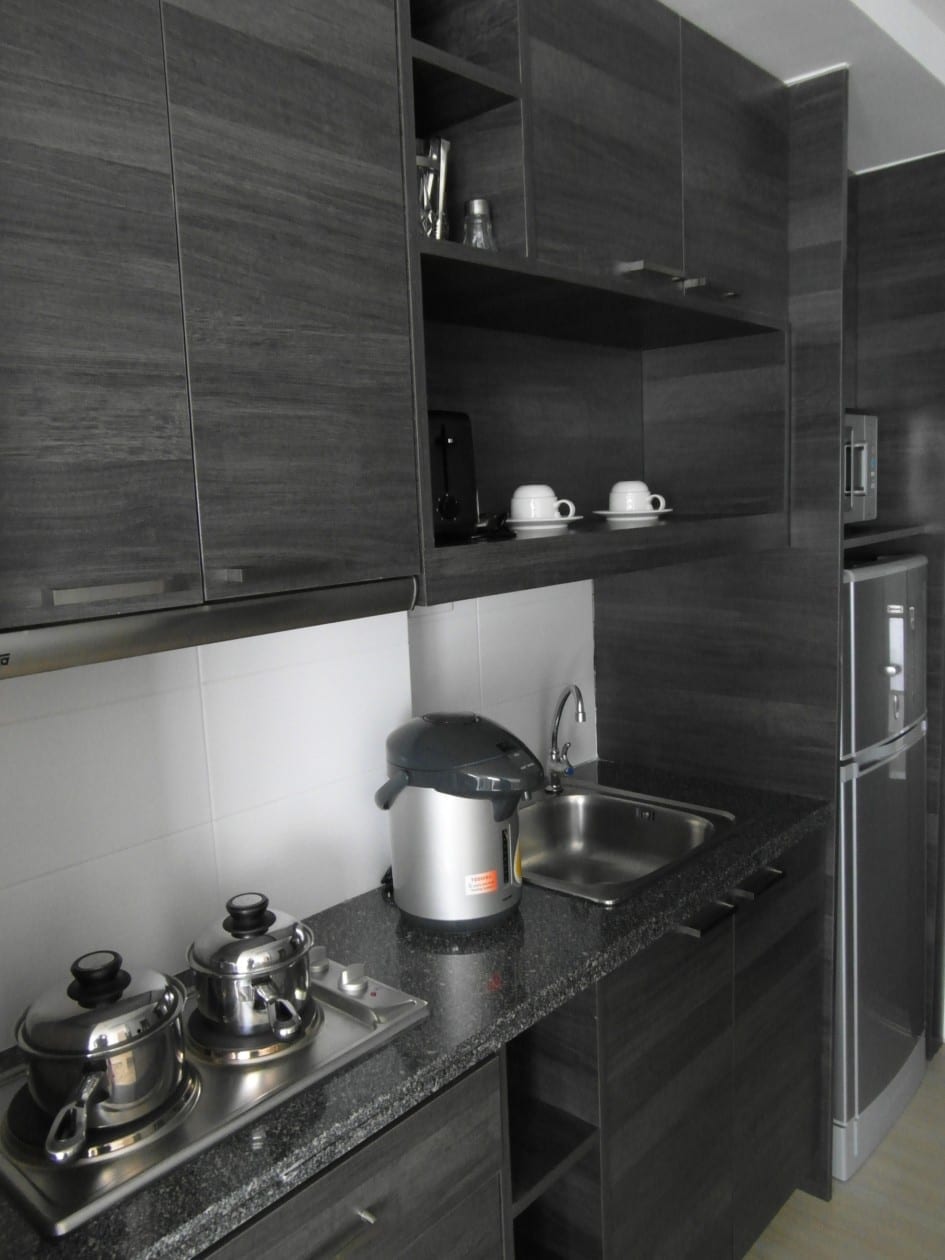In a society increasingly concerned with material possessions we tend to accumulate more stuff than we have room for, but more and more people are using self-storage units to house the possessions that will no longer fit in their homes but they simply can’t bear to part with. But why do we pay to store belongings that we rarely use and probably don’t need?
Well many of us have the hoarder instinct but with relatively inexpensive self-storage units readily available we no longer have to have a de-cluttering session every few years – we can just shift our storage out of the home. Of course, we probably don’t start off with the idea of storing our possessions at a storage facility long-term, but once we realise how easy it is and, better still, that we don’t have to make those heart-wrenching decisions to throw away or donate to charity those things that once held sentimental value then what started as a temporary solution to lack of storage space suddenly becomes standard practise.
Now we can keep all our dated issues of What Car? and Ideal Home magazines, all of our children’s old toys and clothes, ornaments that we no longer remember having owned, yellowing paperback books and more in a clean, secure storage unit all of our own.
It’s a fairly recent trend to use self-storage which only took off in the UK in the 1990s but by 2010 the average time that a storage unit was rented for was 38 weeks (according to the UK Self Storage Association). But, of course, it’s not just that we are buying more and hoarding more; also influencing our use of self-storage is the fact that new homes have been getting progressively smaller over that same time period and the Issue of Space in New Homes is increasingly a factor in our need for additional storage space.
Business users of self-storage facilities still tend to use them for much longer, on average, than private individuals because of the much lower costs than storing business stock in expensive office or warehouse space but private use has undoubtedly been influenced by smaller new homes and a desire to embrace minimalism in our homes.

Recent Comments